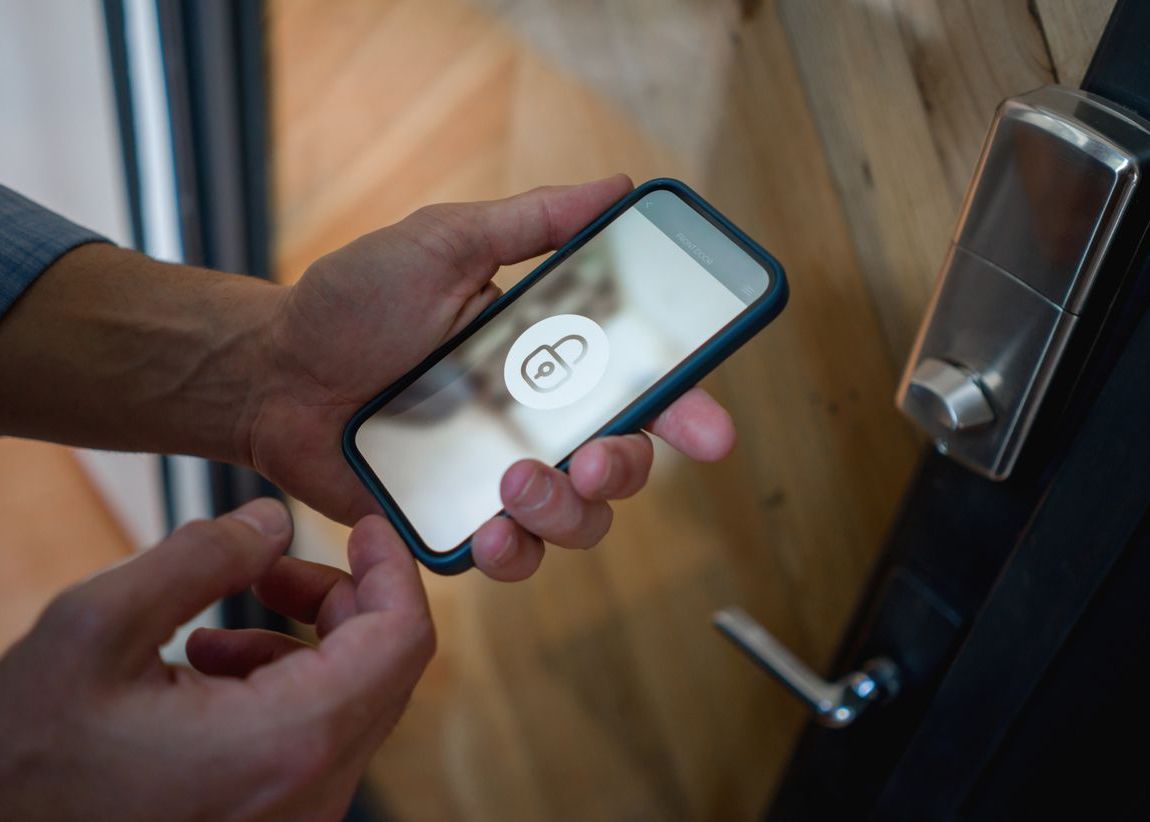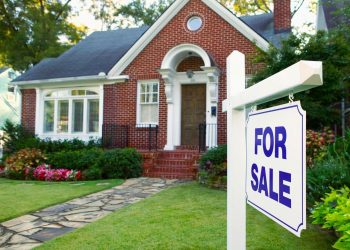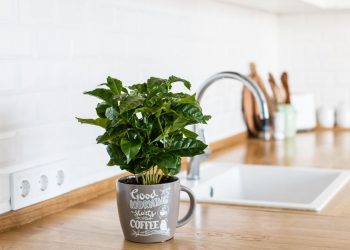Keeping your home safe is worth the investment, and while safety measures don’t always need to be expensive, some upgrades are worth buying. If you’re looking to upgrade or update your home, consider also opting for some helpful safety updates in the process.
Upgrade Your Locks
Door locks are the baseline home security feature that keeps your home protected against theft and invasion, but they are often forgotten when homeowners consider safety updates. New locks ensure that no one has your key unknowingly and can be upgraded to deadbolts with high security ratings or with smart locks for easy access for guests.
Add More Lighting
More outdoor lighting can benefit your home in multiple ways. Highlighting pathways, porches and entrances can ensure guests and your household don’t trip over cracks or uneven surfaces. This additional exterior lighting also serves to deter crime since would-be criminals have fewer places to hide in the shadows. As an added bonus, more lighting can also add warmth and curb appeal to your home, making it an easy choice as an investment when you’re seeking to update your property.
Opt for Non-Slip Flooring
Ready to replace your current flooring? Keep everyone safe and free from trips or slips with flooring designed to prevent falls. Replace carpet or slippery surfaces with slip-resistant tiles or flooring materials in areas prone to spills or moisture. This update can be helpful in any home, but is essential in homes with older adults or young children.
Update or Install New Fencing
Install security fences around your property or key areas like pools for added protection and safety. Consider upgrading beyond the classic fencing options and choose locking gates with electronic openers for ease of access and added security.
Install Heat Sensors and Fire Suppression Systems
Ideal for larger homes, heat sensors are vital if you have a shop, garage, attic or ADU that remains unoccupied for longer periods of time. Any areas that experience less frequent traffic are more susceptible to undetected fires, and attics, garages and shops often have flammable materials or electrical systems that pose more fire risk than the rest of your home or property. Adding heat sensors to these areas can help with fire risk monitoring beyond simply using a smoke detector. These areas are also ideal places to install a home sprinkler system for added fire protection and mitigation.











